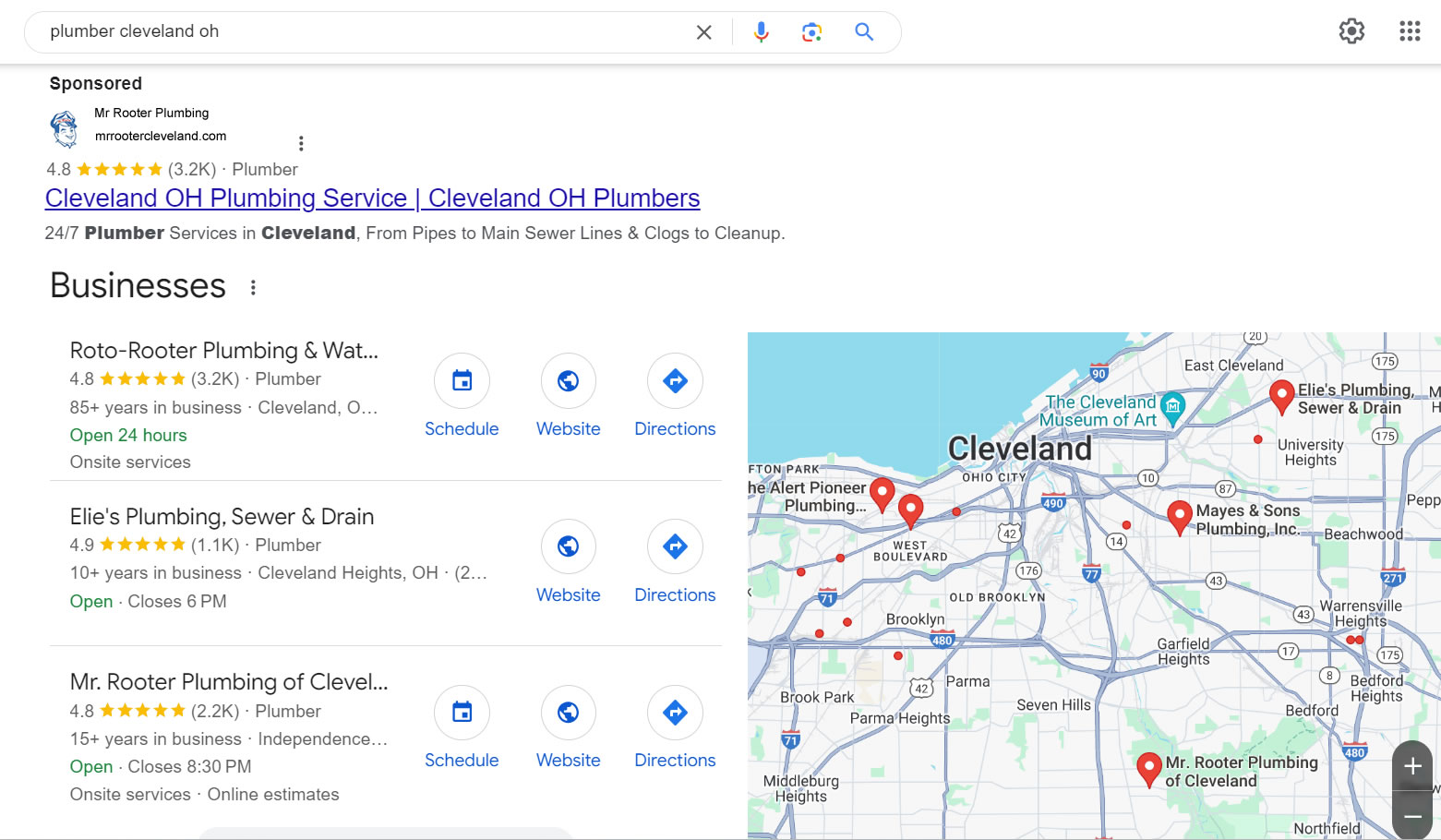HTTP is an acronym for "Hypertext Transfer Protocol". You're probably familiar with seeing it used in front of the URL on your web browser. HTTP is fine to use when you're sharing public information, such as a blog post, home page or service menu. However, when a customer begins to type in sensitive information while making a purchase or signing up for a service, then that data is easily viewed by hackers and thieves. The "S" added on to HTTP stands for security. When you use HTTPS, then the information is encrypted using SSL, and the customer's information is no longer compromised.

SSL stands for "Secure Sockets Layer". When used, it helps not only to verify the identity of the website owner, but it encrypts data that is exchanged on the site. This is especially important when sensitive information is shared, such as social security and credit card numbers. By purchasing an SSL certificate, you are showing your customers that you care about their personal data enough to invest in protecting it. Trust rises between you and your clients, and people are much more likely to make a purchase or fill out a form if there's evidence of an SSL certificate. Many times, if an SSL is being used on a site, there will be a green lock icon in the search bar, and rather than the standard HTTP in front of the domain, you will see HTTPS.
Why Google Is Actively Encouraging the Use of SSL for Ranking
In 2014, Google announced that their algorithm would begin to reward websites who had an SSL certificate. When thinking about SEO, it's important to understand the reasons behind Google's choices. Keep in mind that it's Google's job to make their customers happy. They have become the number one search engine in the world because they have built a reliable reputation for helping people find the most relevant and dependable websites when they need it most. Websites that use SSL and HTTPS are more secure and are therefore much more likely to be a valuable and safe space online for Google to direct users.
How Does This Relate to Your Business?
If you sell products and services or accept payments in any form on your website, then getting an SSL certificate is absolutely essential. To not have one means that you are allowing customers to type in their personal legal and financial information in plain view of anyone who might be attempting to steal data from your site. This leaves your business vulnerable to lawsuits and can put your own banking information in danger. When you work with a trusted company like iBoost, you can be sure that your websites SSL is authentic and will protect you and your customer's from the threat of cyber theft.
Even if you don't ask for sensitive information on your site, it's still a great idea to get an SSL. Google's webmaster trend analysist probably says it best.
"Some webmasters say they have 'just a content site', like a blog, and that doesn't need to be secured. That misses out two immediate benefits you get as a site owner:
- Data integrity: only by serving securely can you guarantee that someone is not altering how your content is received by your users. How many times have you accessed a site on an open network or from a hotel and got unexpected ads? This is a very visible manifestation of the issue, but it can be much more subtle.
- Authentication: How can users trust that the site is really the one it says it is? Imagine you're a content site that gives financial or medical advice. If I operated such a site, I'd really want to tell my readers that the advice they're reading is genuinely mine and not someone else pretending to be me. On top of these, your users get obvious (and not-so-obvious) benefits."
As you can see, the guys and gals at Google are taking website security very seriously, and perhaps, so should you. Regardless of whether or not you have a huge online store, or a simple static landing page - you should still incorporate SSL into your website. Doing so will help make your online viewers feel safe and it will boost your rankings in search results.
If you're business is ready to get noticed on Google, give iBoost a call today. We specialize in helping business owners just like you grow their online reach and bring in more quality, loyal customers. If you need help with your digital marketing, iBoost is here to help.




